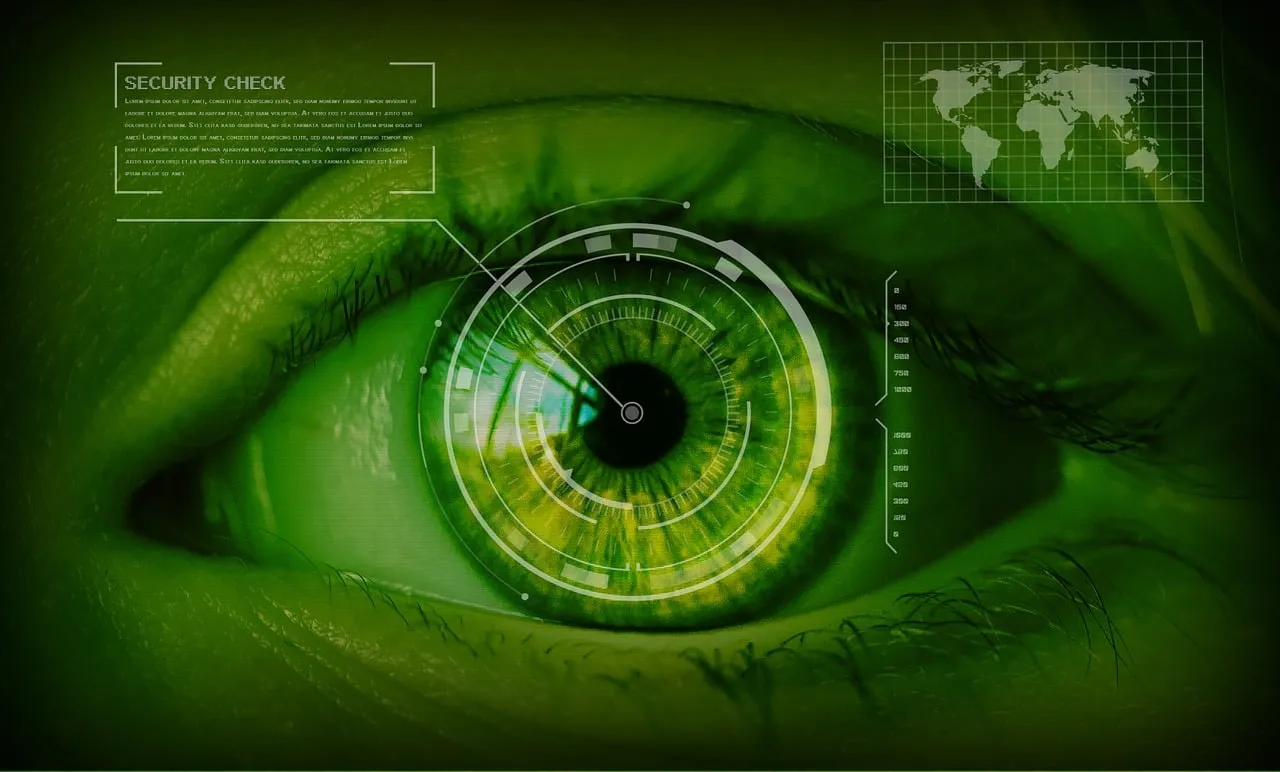The arrival of artificial intelligence has stirred the same kind of nervous energy that past revolutions brought. Think back to the industrial era when machines first replaced manual labor in factories. People feared mass unemployment. Yet over time, industries adapted, new professions appeared, and the world kept moving. The age of AI feels similar but also different. Unlike machines that replaced physical strength, AI touches mental tasks, the kind we once thought were safe. That is why the job market today feels caught between excitement and dread.
Walk into a newsroom, and you’ll hear debates about AI tools writing news briefs. Step into a hospital, and doctors discuss algorithms reading scans faster than radiologists. Visit a call center, and you’ll see chatbots quietly trimming staff requirements. These are not predictions of the future; they are happening now. Jobs that seemed stable a decade ago are already changing shape.
But it would be unfair to frame AI only as a destroyer. History shows that technology both eliminates and creates work. Automated teller machines reduced bank clerks, yet banking itself expanded with more customer service roles. Online shopping shook retail stores, but it also birthed massive logistics industries. AI will follow the same paradox. Some roles will vanish, but others, which we can barely imagine today, will appear.
The big question is the pace. In the past, transitions stretched over decades, giving societies time to retrain. With AI, the speed feels dizzying. Within a year, tools for text, image, and data analysis have leapt into mainstream use. Freelancers already complain of fewer clients as companies experiment with automation. Graphic designers compete with AI art generators that deliver drafts in minutes. Even programmers feel pressure as code assistants take over chunks of routine tasks. If changes keep accelerating, workers may not get the breathing room they need to adapt.
There’s also the problem of uneven impact. High-skilled workers with access to education may find ways to ride the wave. An engineer can learn to use AI as a co-pilot, boosting productivity. A writer can shift from doing first drafts to editing and refining AI outputs. But low-skilled or routine jobs may not have that luxury. A cashier replaced by a self-checkout machine cannot easily pivot to machine learning engineering. Without deliberate support, inequality between the adaptable and the displaced could widen sharply.
Another worry is concentration of power. AI is not a neutral tool floating in the air. It is built, trained, and owned by corporations with enormous resources. If the economic gains of automation pool into a few hands, then the wider labor force might see fewer benefits. Already, big tech companies dominate the AI race, while small businesses struggle to keep up. That imbalance could create an economy where productivity rises, but wages for ordinary workers stagnate, echoing patterns already visible in the past two decades.
Still, there is space for optimism if societies handle the transition wisely. New jobs do emerge. Ten years ago, hardly anyone held a title like “cloud architect” or “drone operator.” Today they are common. In the AI era, we may see surges in jobs like prompt engineers, AI ethicists, data trainers, and specialists who integrate automation into industries. Entire fields may expand—personalized education, precision healthcare, climate modeling, even creative storytelling powered by humans and machines together. The challenge is preparing workers for these roles before displacement overwhelms them.
That leads to the importance of education. Traditional schooling focused on memorization and standard tasks, the very things AI excels at. The future workforce needs flexibility, problem-solving, and human-centered skills like empathy, negotiation, and creativity. These are harder to automate. Imagine a nurse comforting a scared patient. An algorithm can measure vitals, but not offer the warmth of human presence. Jobs requiring emotional intelligence may become more valuable, not less. But this requires a mindset shift in education policy now, not decades from now.
Policy also matters. Governments cannot stop AI, but they can cushion its impact. Safety nets, reskilling programs, and incentives for companies to retrain rather than fire could make a difference. Think of the Marshall Plan after World War II, but this time aimed at workers navigating technological upheaval. Countries that ignore this may see rising unemployment, frustration, and political instability. Technology itself is neutral; its social outcomes depend on how humans distribute its costs and benefits.
I often hear the argument that humans will always adapt. That is true, but adaptation comes with pain. A fifty-year-old truck driver whose job is threatened by autonomous vehicles does not have the same options as a twenty-year-old programmer. To say “new jobs will come” is not enough unless we ensure people can realistically reach them. Otherwise, AI could deepen despair in communities already struggling.
On the flip side, it is easy to underestimate human resilience. People have a way of reinventing themselves. Look at farmers who became factory workers, factory workers who became office clerks, clerks who became digital freelancers. Change is never smooth, but it happens. Perhaps AI will free humans from repetitive work, giving more space for innovation, art, and care work. Some economists even dream of shorter workweeks supported by AI-driven productivity. Whether that dream becomes reality depends less on the technology and more on choices societies make.
So, is AI a job killer or a job creator? The answer is both. It destroys some roles, reshapes others, and sparks new industries. The real danger is not the disappearance of work itself, but the speed and inequality of the transition. If left unmanaged, AI could hollow out middle-class stability and concentrate wealth further at the top. If guided carefully, it could unlock opportunities that make life richer and more meaningful.
The age of AI does not decide for us. We decide how to use it. Do we build systems that treat workers as disposable, or as partners in progress? Do we let profits pool in corporate vaults, or spread them across society? These are not technical questions. They are moral and political ones. The future of work in the AI era will not be written by machines. It will be written by us.

